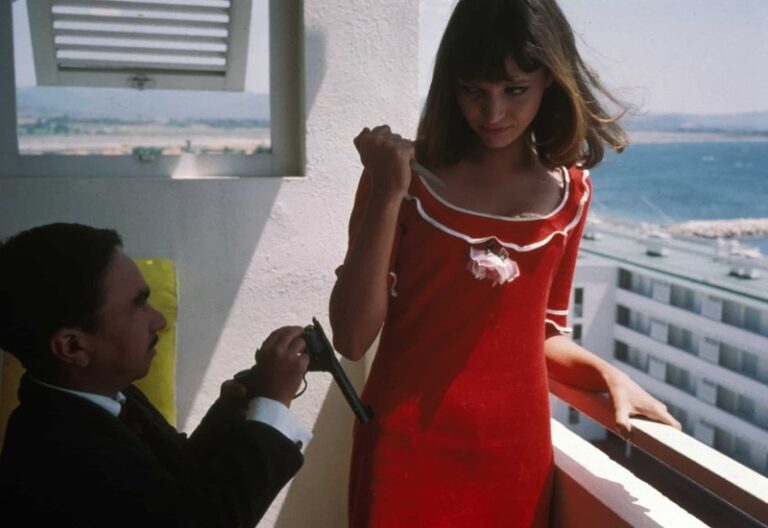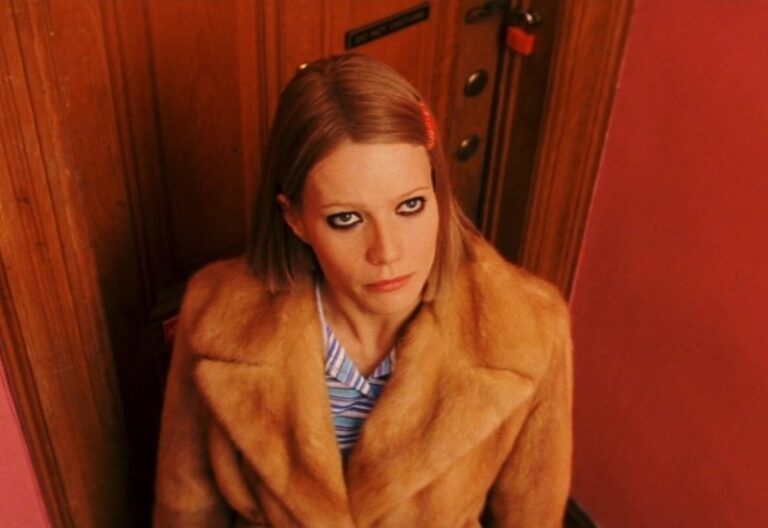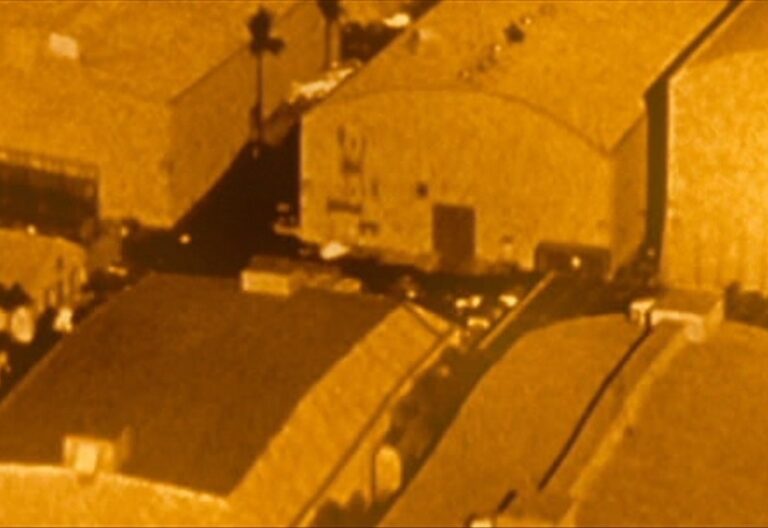american new wave
est. 1966 – 1984
In the late 1960s and throughout the 1970s, until mid 1980s, a cinematic revolution unfolded in Hollywood that would forever change the landscape of the film industry. American New Wave, also known as the New Hollywood or Hollywood Renaissance, marked a departure from traditional studio filmmaking and ushered an era of artistic innovation, social critique, and the emergence of a fresh generation of directors. This is arguably the most significant film movement that transitioned cinema into the modern age.
Published by: CinemaWaves Team | Filed Under: Film Movements
Origins of
the American New Wave
For decades, the traditional studio system had reigned supreme in Hollywood, with major studios holding ironclad control over the filmmaking process. However, by the mid-1960s, this dominance was gradually diminishing. The studio system’s once-unquestioned authority was now being challenged, setting the stage for a more diversified, dynamic, and artistically liberated cinematic landscape. Audiences were turning away from the predictable, formulaic movies churned out by the studios and were beginning to embrace more personal, raw, and unconventional narratives that reflected the complexities of their time.
Audiences craved stories that spoke to their realities, challenged their perceptions, and addressed the issues of the era, such as civil rights, the Vietnam War, and shifting gender roles. This desire for realism and relevance also led to a revival of European influences, particularly from movements like Italian Neorealism and French New Wave, which emphasized personal expression and a departure from Hollywood’s polished conventions.
A pivotal moment was the dissolution of the Production Code (popularly known as the Hays Code – a set of industry guidelines for the self-censorship of content that was applied to most motion pictures released by major studios in the United States from 1934 to 1968). This censorship system had long restricted filmmakers from exploring mature themes and controversial topics. Its gradual dismantling allowed for an unprecedented creative freedom, enabling filmmakers to dive into taboo subjects like sexuality, violence, and political dissent. The new ratings system that replaced the Hays Code gave filmmakers the liberty to push boundaries and produce films that were artistically daring and socially relevant.
A key figure in the birth of this movement was John Cassavetes, often considered one of the godfathers of American independent cinema. Cassavetes’ work, particularly his 1959 film “Shadows,” and later “Faces” (1968), diverged from the Hollywood by embracing improvisation, naturalistic performances, and character-driven storytelling. He rejected the studio system’s emphasis on high production values and commercial appeal, choosing instead to explore the emotional and psychological depths of his characters. Cassavetes’ dedication to personal, intimate filmmaking laid the groundwork for the New Hollywood directors who followed, inspiring a new generation to take creative control of their projects. His contributions helped catalyze the shift towards a more auteur-driven cinema, where directors were seen as the central creative force behind films – a hallmark of the New Hollywood era.
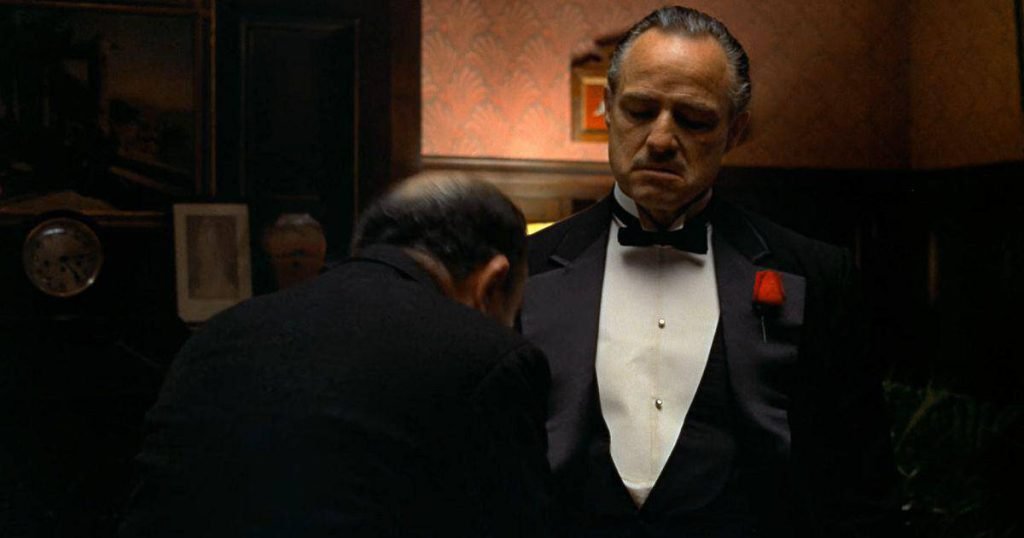
Characteristics of the American New Wave
American New Wave was characterized by the elevation of the director as the primary creative force behind a film, following the auteur theory. Filmmakers were granted unprecedented creative control, allowing them to charge their projects with unique artistic vision. This marked a departure from the traditional studio system, where directors had less influence over the final product.
The movement introduced narrative experimentation. Filmmakers frequently employed non-linearity, flashbacks and ambiguous endings, encouraging viewers to think critically, and actively engage with the film’s story. Topics such as the Vietnam War, civil rights, and the counterculture movement, were reflective of the turbulent sociopolitical landscape of the era. Character development were emphasized, often featuring antiheroes and complex, morally ambiguous protagonists. Inner struggles and personal journeys took center stage in the storytelling.
Filmmakers of the New Hollywood era embraced innovative and experimental visual style. The use of handheld cameras, unconventional angles, and naturalistic lighting contributed to the immersive and authentic feel of the films, which made visual storytelling a crucial aspect of the New Wave films.
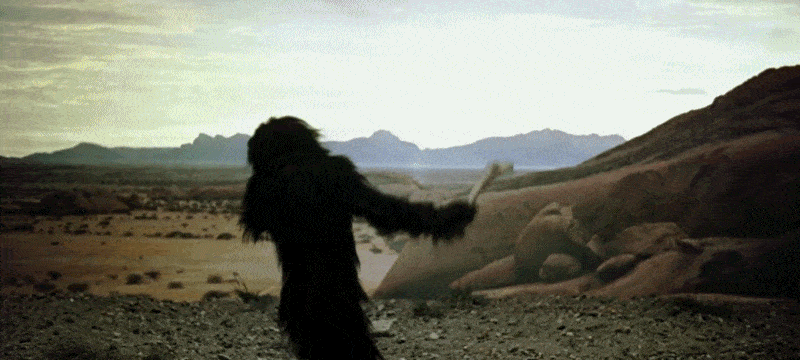
Important New Hollywood Films and
Directors
Martin Scorsese, a key figure in New Hollywood, is renowned for his gritty, character-driven films that explore themes of violence, guilt, and redemption. “Taxi Driver” (1976) is one of his most iconic works, featuring Robert De Niro as Travis Bickle, a mentally unstable Vietnam War veteran navigating the decaying streets of 1970s New York. The film’s intense portrayal of urban alienation and social decay made it a defining work of the decade and cemented Scorsese’s status as one of cinema’s greatest directors.
Stanley Kubrick, another key voice of this era, and one of the greatest directors ever, reshaped the cinema with “2001: A Space Odyssey” in 1968. Known for his meticulous direction and exploration of philosophical themes, Kubrick’s film ultimately studied a humanity as a whole. With its innovative visual effects and intellectual depth, “2001” was a radical departure from typical Hollywood productions, influencing not only the science fiction genre but also how filmmakers approached narrative and visual storytelling.
At the same time, Francis Ford Coppola’s “The Godfather” (1972) redefined the gangster film genre with its epic portrayal of the Corleone crime family. Based on Mario Puzo’s novel, the film combined powerful performances, particularly by Marlon Brando and Al Pacino, with Coppola’s grand, operatic storytelling. It explored complex themes of power, family loyalty, and moral ambiguity, making “The Godfather” not only a commercial success but also one of the most critically acclaimed films ever.
Robert Altman brought his unique vision to neo-noir genre with “The Long Goodbye” (1973), a revisionist take on the classic detective story. Altman’s version of Raymond Chandler’s Philip Marlowe, played by Elliott Gould, is a laid-back, almost anti-heroic figure in a modernized, cynical 1970s Los Angeles. Altman’s loose, improvisational style and satirical approach turned the traditional detective film on its head, making “The Long Goodbye” a distinctive entry in his career and a commentary on the changing ideals of the time.
Important to mention are Steven Spielberg’s “Jaws” (1975) and George Lucas’s “Star Wars” (1977), which not only redefined the blockbuster genre but also influenced modern cinematic trends. These films set the template for the summer blockbuster, which has become a major cultural event in the film industry today and led to the eventual downturn of the movement.

Downfall, Legacy and Influence of the New Hollywood
The downfall of New Hollywood began in the late 1970s, as the financial instability that had plagued the traditional studio system earlier began to affect this wave of filmmakers. Many of the directors who thrived in the New Hollywood era, like Francis Ford Coppola with “Apocalypse Now” (1979) and Michael Cimino with “Heaven’s Gate” (1980), started taking bigger risks with larger budgets and more personal, ambitious projects. These films often faced production delays and ballooning costs, leading to disastrous financial outcomes, particularly with “Heaven’s Gate,” which became a monumental flop. This marked the end of the director-driven model as studios reasserted control over the filmmaking process.
The legacy of New Hollywood, however, is undeniable. It reshaped the landscape of cinema as a whole, encouraging more personal and experimental filmmaking and pushing the boundaries in terms of subject matter, style, and narrative. The movement also paved the way for a more auteur-driven industry, inspiring filmmakers to see themselves as artists with a distinct vision. Even as the movement waned, its impact continued to reverberate throughout Hollywood, leaving behind a catalog of critically acclaimed and culturally significant films.
New Hollywood’s influence extends far beyond its era, shaping the careers of many directors who followed. Filmmakers like Quentin Tarantino, Paul Thomas Anderson, and the Coen Brothers have cited New Hollywood directors as major influences in their work. The movement’s focus on character-driven narratives, exploration of dark and complex themes, and experimentation with form and style can be seen in contemporary cinema. Moreover, the more independent spirit of filmmaking that New Hollywood promoted, has endured in the modern era, particularly within independent film circles. While New Hollywood itself may have fallen, its spirit of innovation and artistic boldness remains a cornerstone of cinema.
Refer to the Listed Films for the recommended works associated with the movement. Also, check out the rest of the Film Movements on our website.
Or La Nouvelle Vague, is one of the most iconic and influential film movements in the history of cinema. Emerging in the late 1950s and flourishing throughout the 1960s…
Film noir emerged in the early 1940s as a distinctive style within American cinema, marked by its dark, moody aesthetics and cynical narratives. The term “film noir” meaning …
American eccentric cinema is a distinctive style of filmmaking that surfaced in the late 20th and early 21st centuries, characterized by its quirky characters, whimsical…
Auteur theory is a critical framework in film studies that views the director as the primary creative force behind a film, often likened to an “author” of a book. This theory suggests…
Independent film, often called indie film, is produced outside the major studio system. Its roots can be traced back to the early 20th century, when filmmakers began seeking…
The studio system was a dominant force in Hollywood from the 1920s to the 1950s. It was characterized by a few major studios controlling all aspects of film production…

